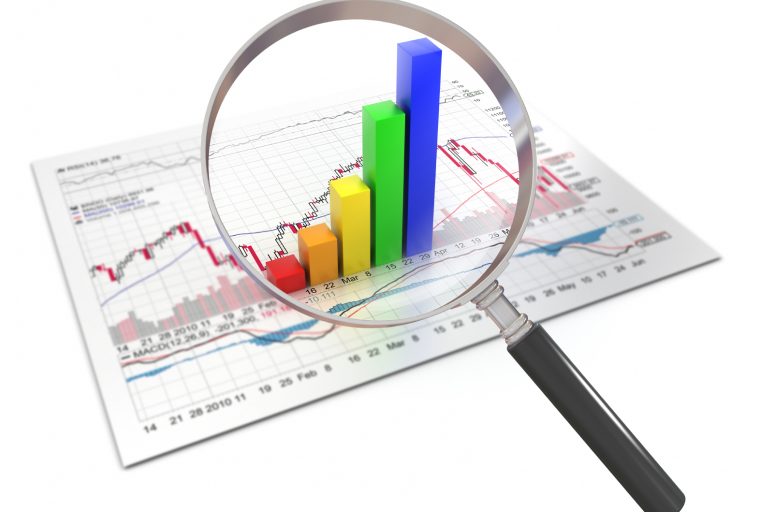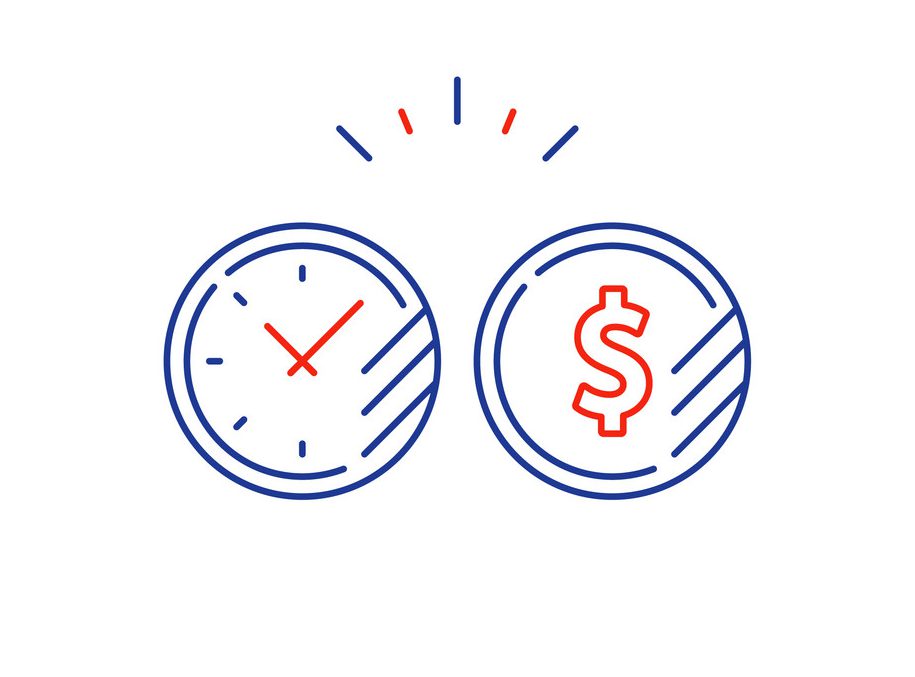What are they, why are they wrong, what should be done instead?
Hi, I’m Gregg Tan and I have over 38 years of experience in the finance industry spanning across roles as a trader, dealer and Head of Fundamental/Technical Research Team in Indonesia. Majority of my experience is in Bloomberg as a Technical Analysis Application Specialist where I leverage on my trading and analytical experience to benefit Bloomberg’s Institutional clients.
Through my years of experience, I have come across various mistakes made by users of Technical Analysis – some even made by experienced traders in institutions! I have filtered and condensed these common errors into the following “Top 5 Technical Analysis Mistakes” so that you can avoid making these same ones in your trading journey.
Mistake 1: They do not know the pricing field used when computing the indicators

I have seen numerous veteran traders who do not know what pricing field(s) are used to compute the indicators they are using. This is the single most important knowledge needed before using any indicators.
For example, when using RSI, a more reliable signal occurs when there is a divergence or convergence between indicator and price movement. Majority of users will be looking to
sell when a divergence occurs – when prices are making higher highs whereas the RSI reading is not. Most users are unaware and tend to compare the high of the price bar to the reading of the RSI for divergence, and the low of the price bar to the reading of RSI for convergence. This is wrong as the RSI computation only uses a closing price.
Did you know? The computation of Stochastics requires the high, low and close price of the underlying. By comparing Stochastics reading with the line chart, users are missing important information and worse, as the majority of charting platforms compute indicators based on the chart type utilised, in such instances, the Stochastics is computed using only the closing price.
Mistake 2: They do not understand their trading/investment horizon

When asked about their trading/investment horizon, most responses will likely be short-term, long-term or daily. Many fail to understand that the definition of the duration used greatly differs between different market players.
For example, Investments of a minimum of 12-months are considered short-term to Warren Buffet as the majority of his investments are for much longer periods. To an interbank dealer, holding positions over 1 to 2 hours could be considered as long-term. Likewise, day traders can be broken down to High-Frequency Traders (Scalpers), or traders gunning for 10 to 20 pips to a trader buying in the morning and squaring-off their position before end-of-day.
Only when armed with this knowledge, is one able to know how to configure their charts to their trading/investment horizon.
